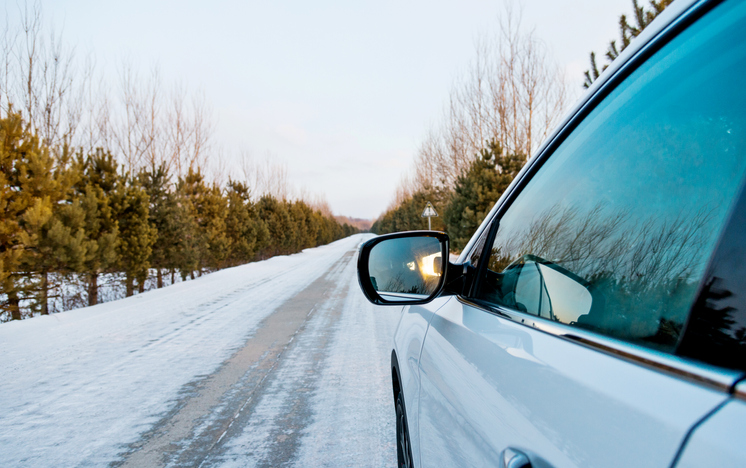Friday, December 21, 2018
 With the winter months upon us comes the challenge of driving in hazardous weather in many parts of the country. In fact, according to the U.S. Department of Transportation, there are more than 1.2 million weather-related vehicle crashes across the U.S. each year, with 18 percent of them occurring due to adverse winter conditions. Fortunately, the road trip experts at Rand McNally offer these tips for staying safe on the roads this winter:
With the winter months upon us comes the challenge of driving in hazardous weather in many parts of the country. In fact, according to the U.S. Department of Transportation, there are more than 1.2 million weather-related vehicle crashes across the U.S. each year, with 18 percent of them occurring due to adverse winter conditions. Fortunately, the road trip experts at Rand McNally offer these tips for staying safe on the roads this winter:Know the meaning of different winter weather alerts issued by the National Weather Service (NWS) before you hit the road. During a winter storm warning, travel is not advised; a winter storm watch means severe winter conditions may be in effect and make travel treacherous; and a winter weather advisory means wintry conditions are expected, but conditions are not as hazardous as they would be during a warning or a watch.
Slow down and proceed with caution. If the roads are icy, it can take longer to brake, so make sure you are going at a speed that allows you to maintain traction and avoid skidding. Also, be sure to give yourself plenty of time to stop at intersections. Allow for three to 12 times more stopping distance than in normal dry conditions, depending upon the size of your vehicle.
Pull over if it's too difficult to safely drive, such as in whiteout conditions, or if you've had an accident. Do not leave your vehicle; wait for help or until the dangerous conditions have passed. You can safely run the heat in your car for 10 minutes every hour to help warm up and keep the battery charged, but ensure that your exhaust pipe is free of snow to avoid carbon monoxide incidents.
Before heading out, be sure to tell a friend or family member your travel schedule and route.
Make sure your car is stocked with the proper gear to handle winter driving-related tasks, as well as emergency supplies, such as a small shovel; jumper cables; a bag of kitty litter to create traction; a flashlight; a small tool kit; an ice scraper; a first aid kit; matches; blankets; non-perishable, high-energy foods like dried fruits, and water.
Regularly check your windshield to ensure that the washer reservoir is full—and stash an extra bottle of fluid in your trunk.
Check your tire pressure. When outdoor temperatures drop, so does inflation pressure. Lower pressure can close up the tread and decrease traction, which can increase the likelihood of skidding on snow and ice and getting into an accident.Keep your cellphone charged, and keep a spare charger in the car.
RISMedia welcomes your questions and comments. Send your e-mail to: realestatemagazinefeedback@rismedia.com








